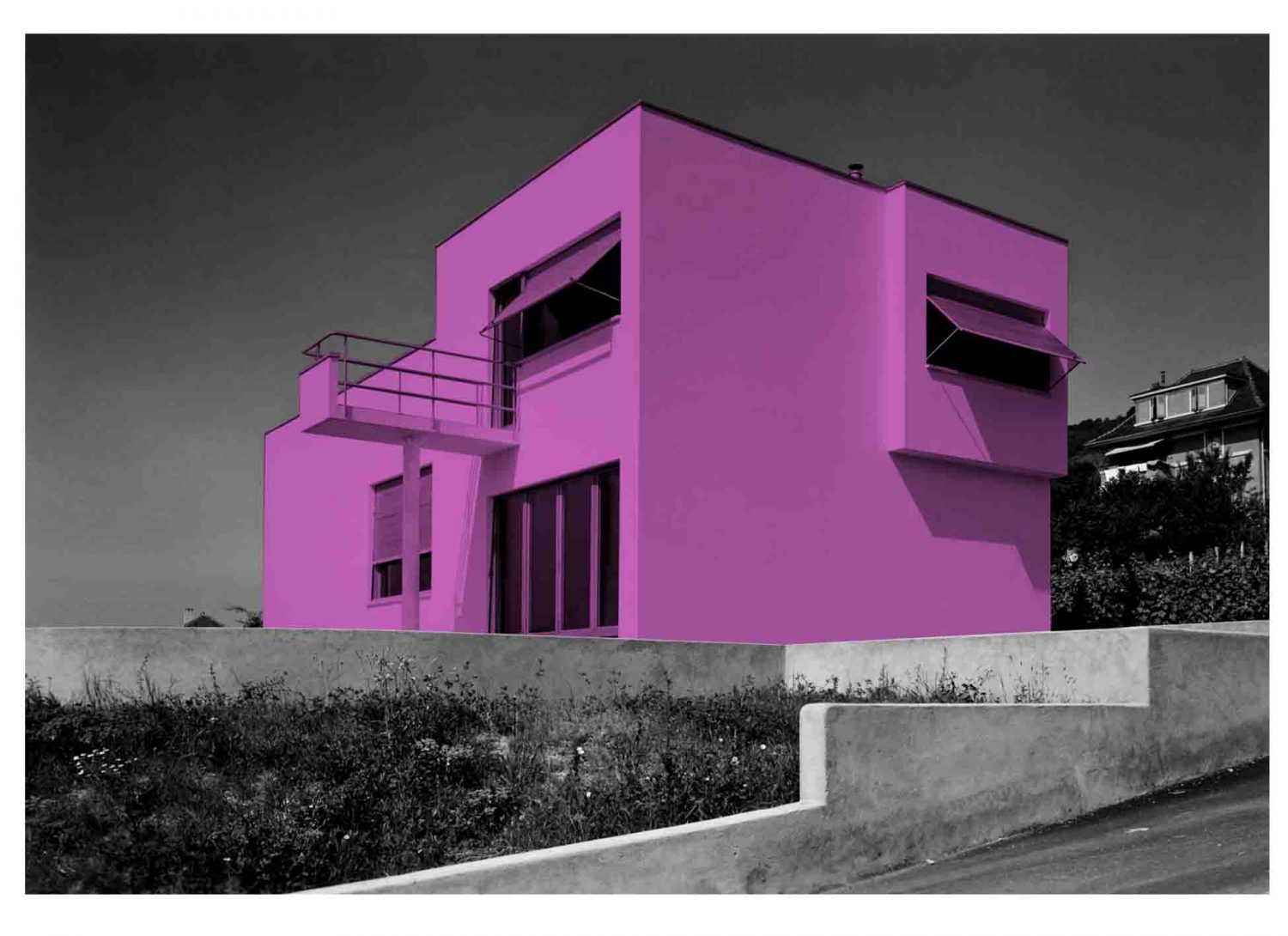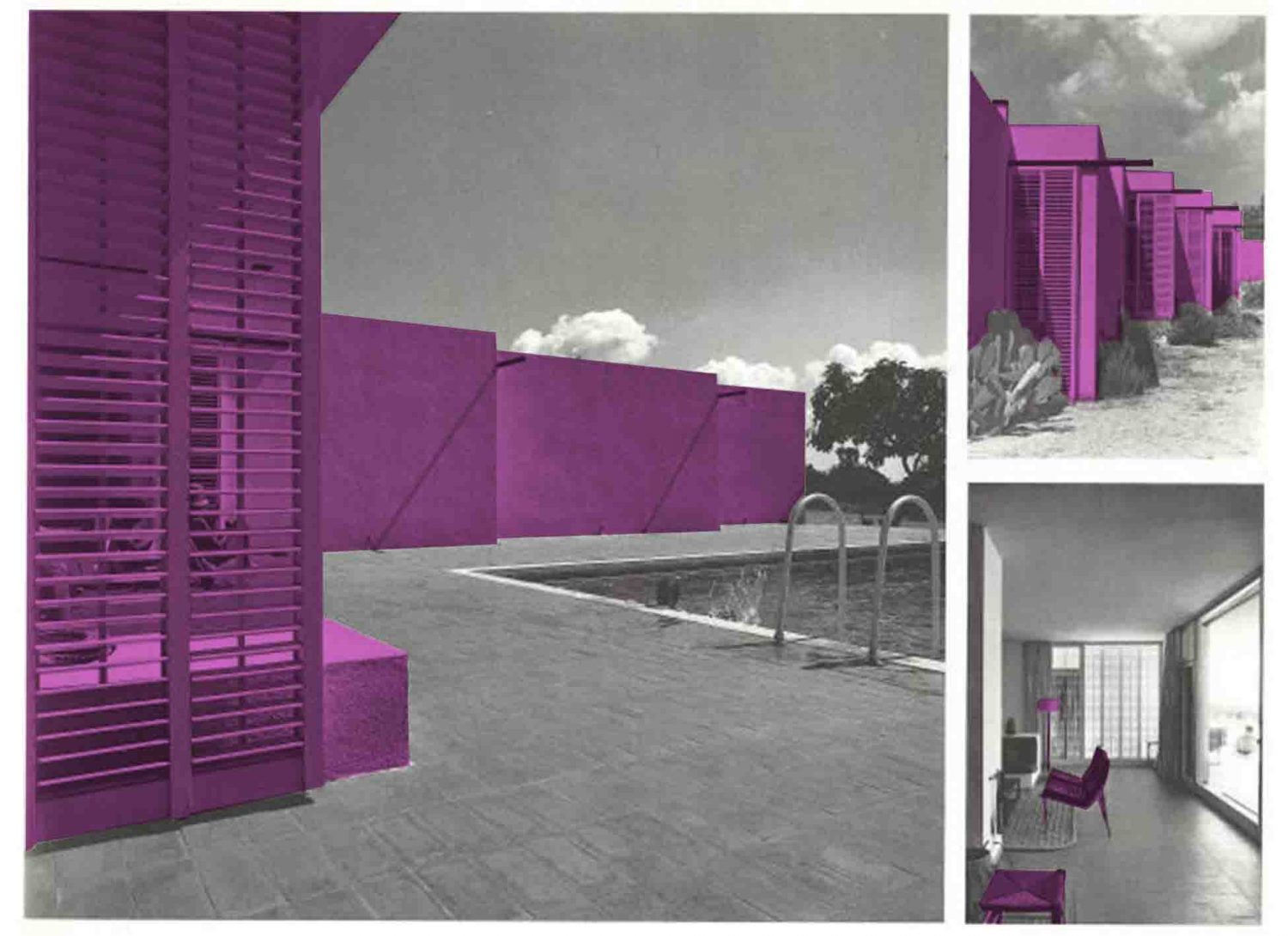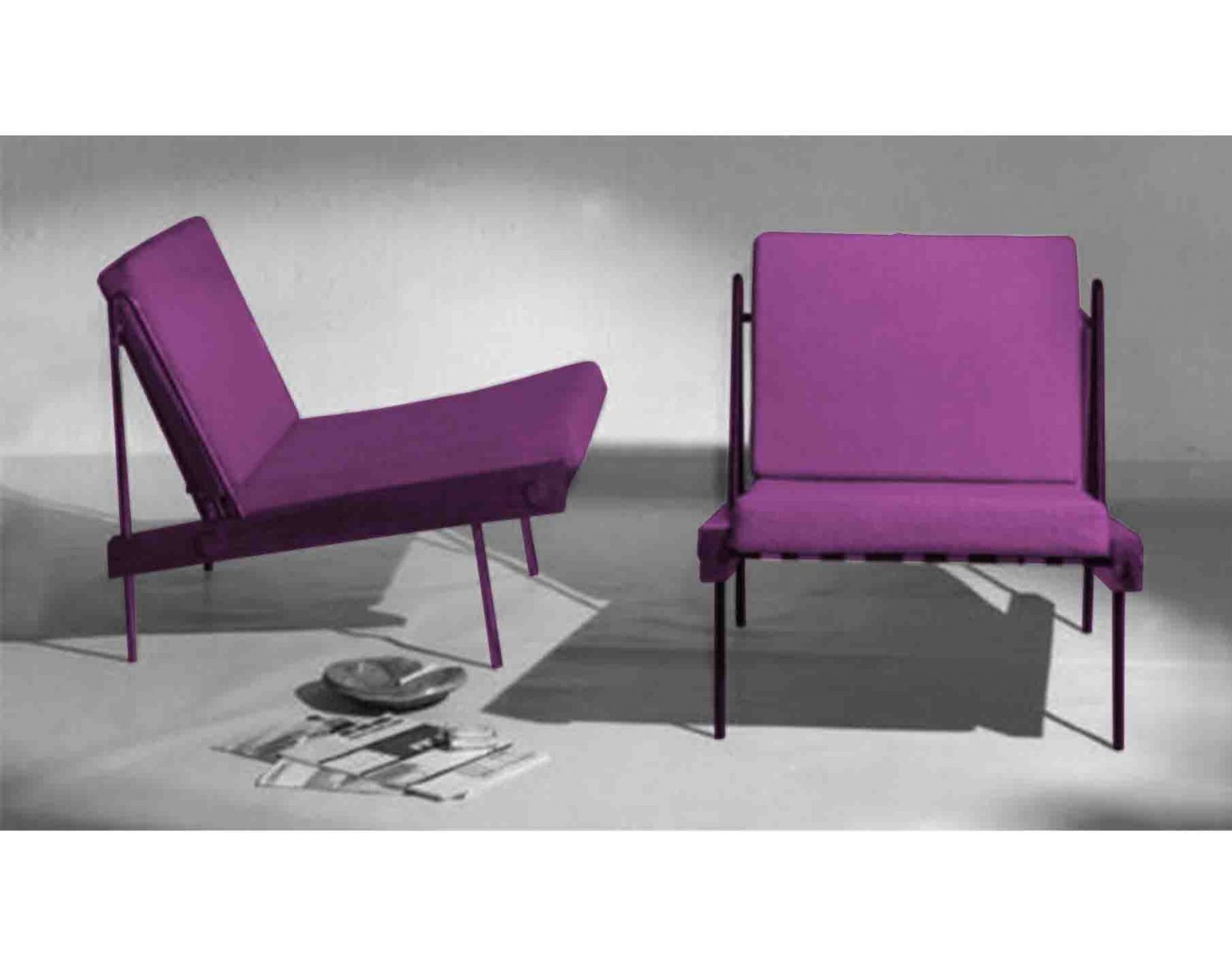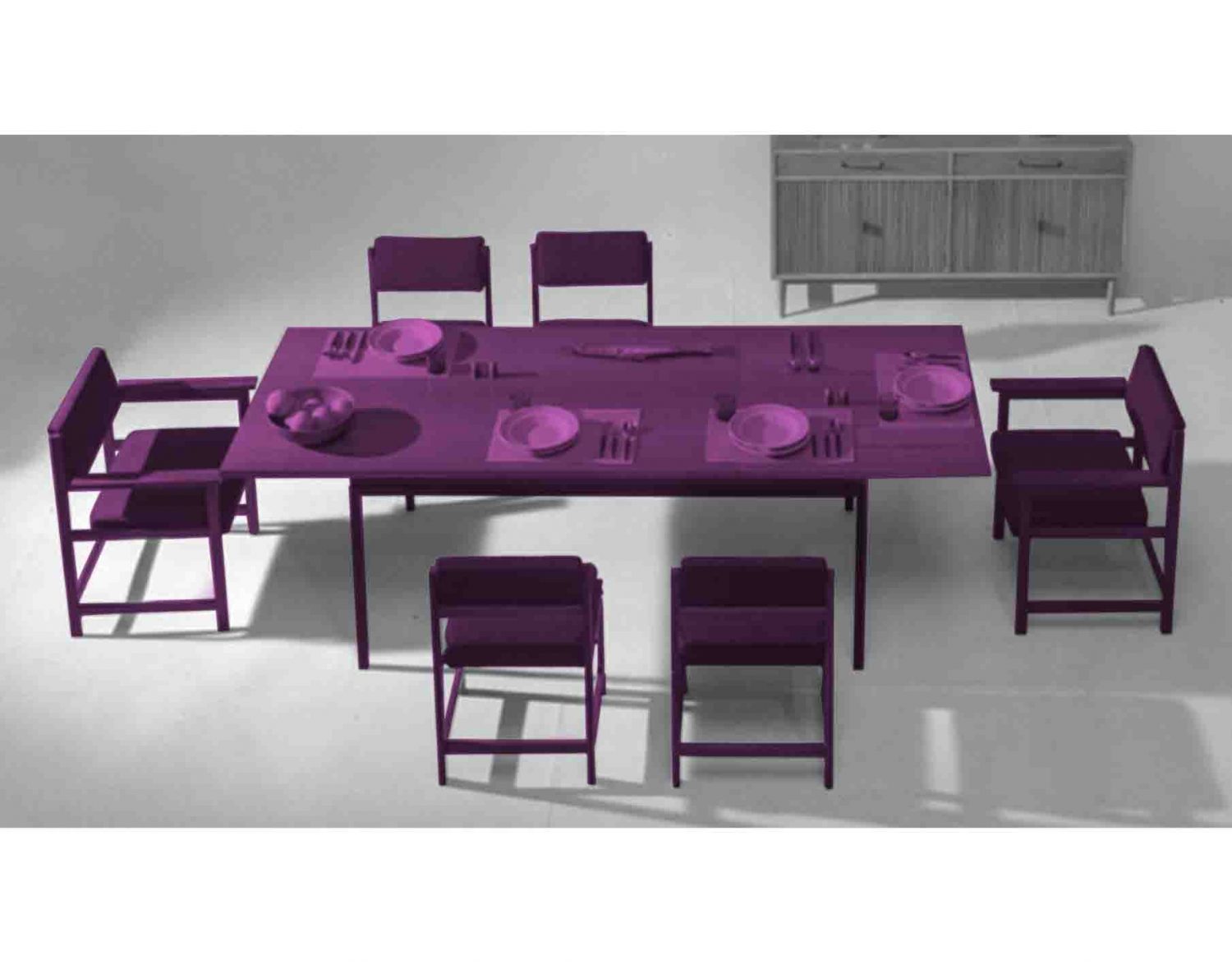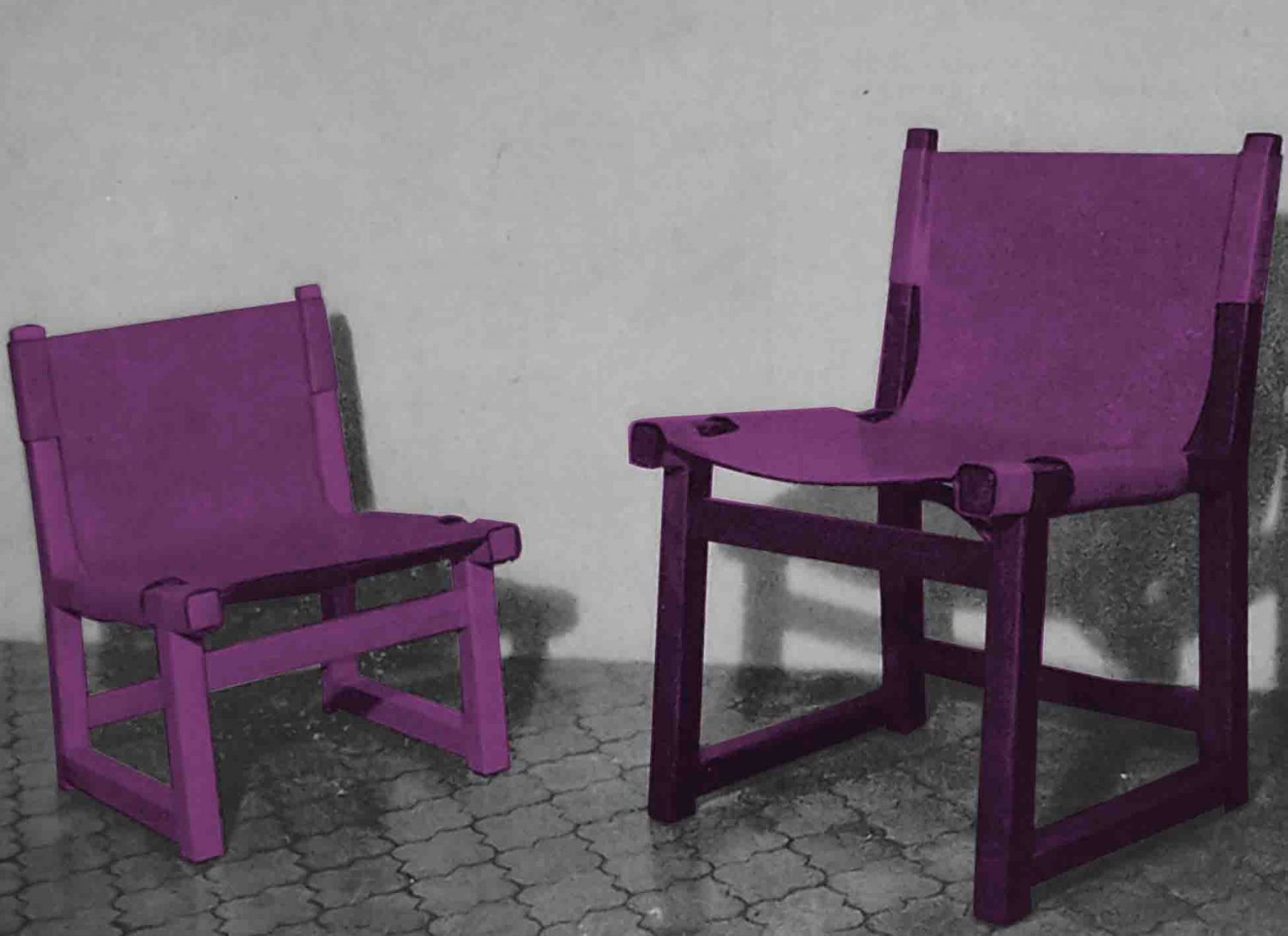INTERIOR
Regaining Modernity in Spain
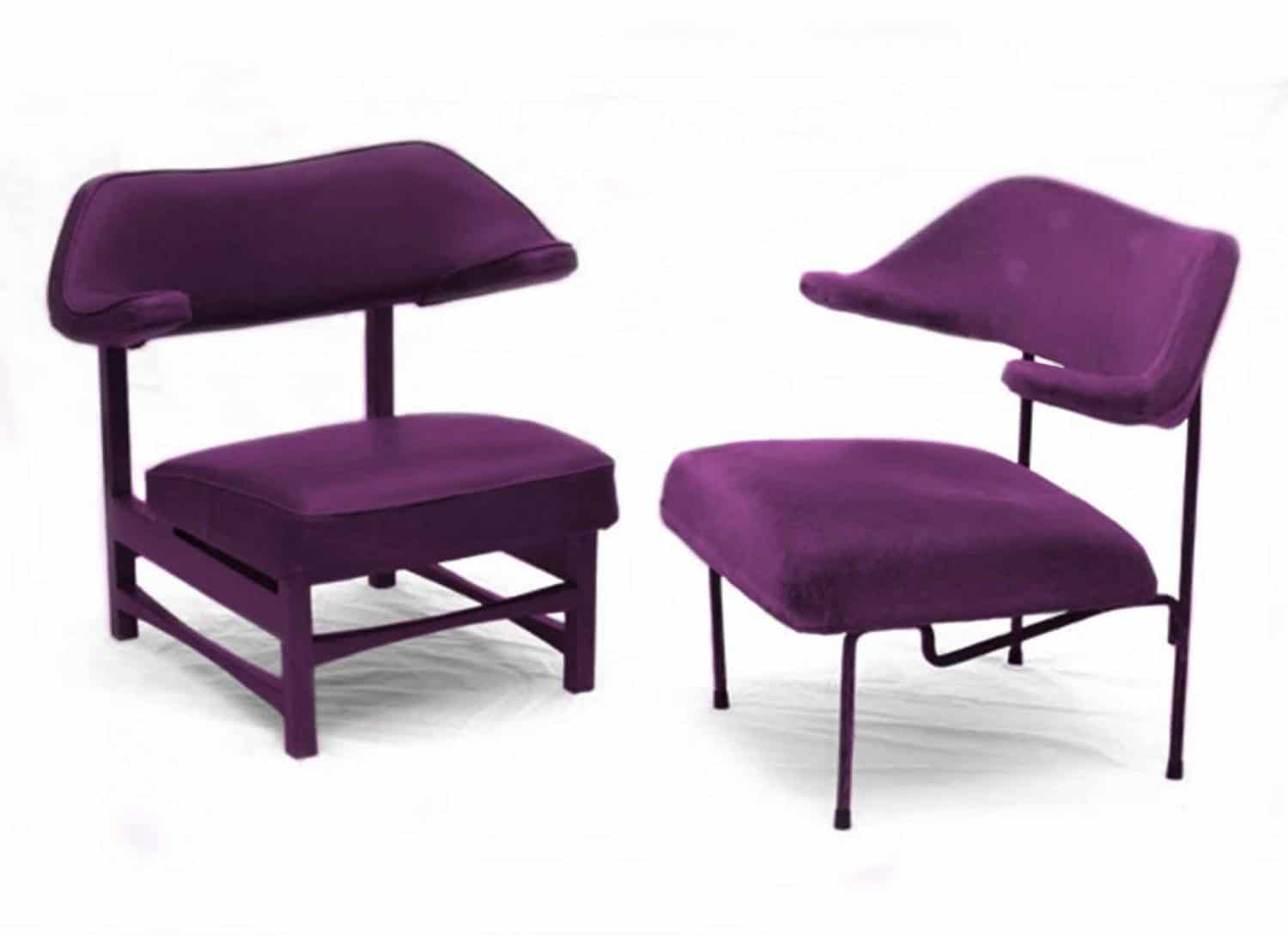
During the fifties, some timid attempts to rejoin modern architecture, banished during the early post-war years, began to be made in Spain. In the 5th National Gathering of Architects, held in 1949 and attended by then young architects such as José Antonio Coderch or Miguel Fisac together with international guests such as Alberto Sartoris and Gio Ponti, they talked about the necessity of finding the appropriate direction for contemporary architecture away from pastiches and revivals. In order to do so, they looked at their contemporary Italian architecture and the revision of modernity made by the Scandinavian Empiricists, more acceptable references than Avant-garde architecture from the thirties, accused by the Francoist regime of being “materialistic and inhumane”.
In spite of the precarious situation of the industry at that time, some companies started also the adventure of producing and trading modern furniture, like H Muebles, Rolaco or Darro. Founded by Paco Muñoz in 1959, Darro created furniture for an educated middle class with a desire for modernity and to abandon traditional styles. The company produced pieces designed by architects such as Carlos Picardo, artistic director of Darro, Miguel Fisac or Javier Carvajal or by Equipo 57, a group where artists such as José Duarte and Agustín Ibarrola worked together with architects such as Juan Cuenca.
Darro was a pioneer company that tried to update furniture in Madrid in the late fifties.Pedro Feduchi, curator of the exhibition Darro. Design & Art (1959-1979)
The pieces produced by Darro were away from the machine-like Bauhaus aesthetics as they combined materials linked to tradition, but used in a contemporary way, with more experimental proposals. Thus, the Riaza chair, designed by Paco Muñoz, although it was made of walnut wood and leather and was remotely inspired by Castilian Renaissance armchairs, was a revulsion because of its elementality and lack of decoration. Miguel Fisac also designed his Toro chair for Darro using wood and leather, taking after Scandinavian designers such as Finn Juhl. Over time, Darro also sold furniture by capital international companies in the history of design, such as Arflex, Herman Miller, Cassina and Artemide.
